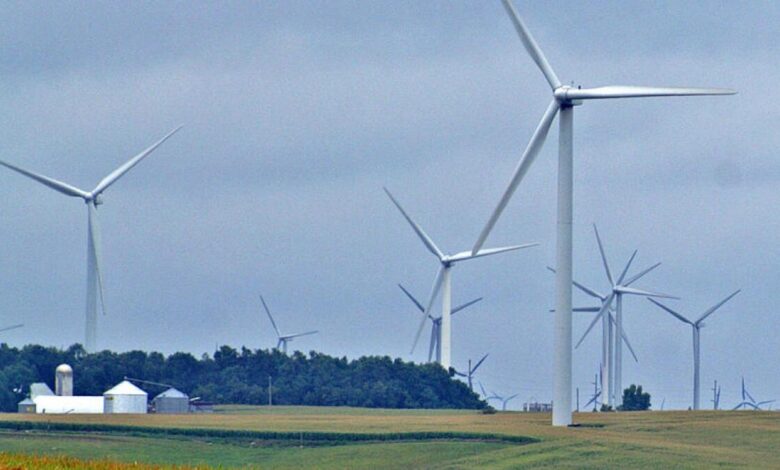Wind Turbines are More than an Eye Sore

A study from the Faculty of Veterinary Medicine, Technical University) reports the findings from a stud farm where 11 foals developed flexural deformities of the front limbs, after they were born.
At this farm, the owner has been breeding normal and physically sound horses since 2000. There were no changes in diet, exercise or any other significant alteration in management. In 2008, wind turbines were installed adjacent to the property and grazing paddocks. Since this date, a good number of foals and yearlings have developed deformities. Of the 11 animals in the study, 9 were born on the premise and 2 were brought in from another farm with different bloodlines to eliminate a possible genetic link. Both developed the deformity. One animal, when removed from the exposure, exhibited a partial recovery.
Measurements of ground vibration that were made at different distances from the wind turbines showed ground vibration at different frequencies. Research has shown that vibration effects bone metabolism. Other studies have demonstrated some cellular damage is caused by low frequency noise.
Based on the mechanical effects on cells it was proposed that the ground vibrations were responsible for an increased bone growth which was not accompanied by the muscle-tendon unit growth leading to the development of these flexural deformities. As this research project was based solely on one case study, further research is necessary in order to validate these preliminary findings and hypothesis.




